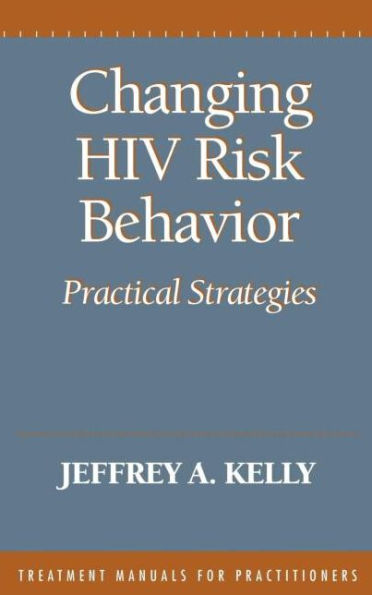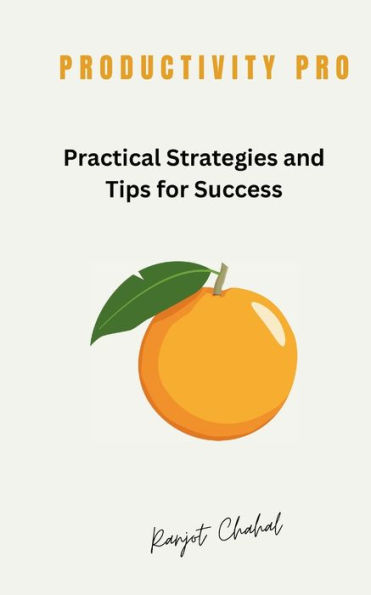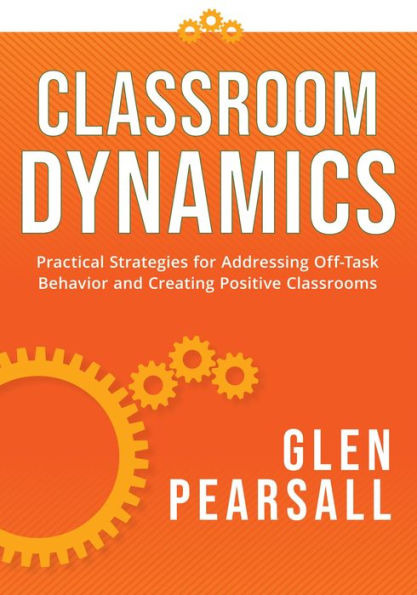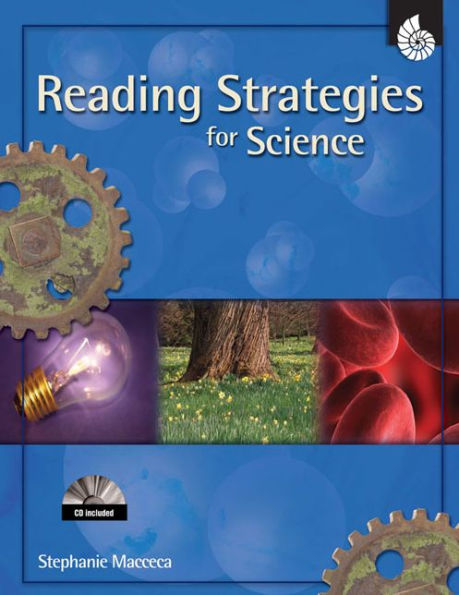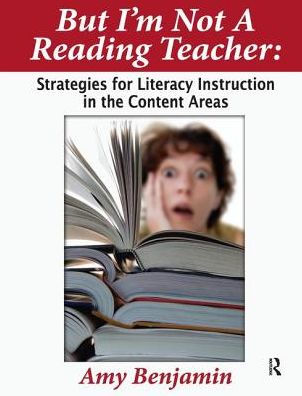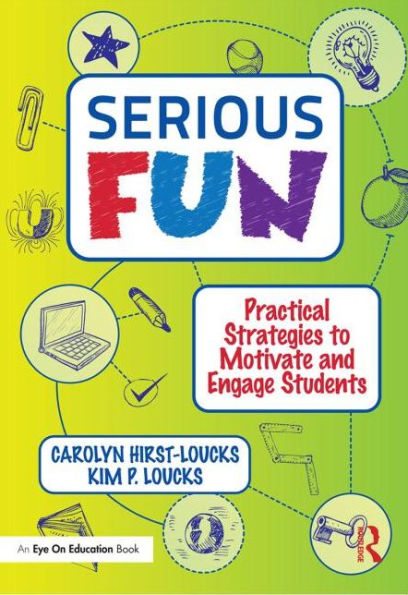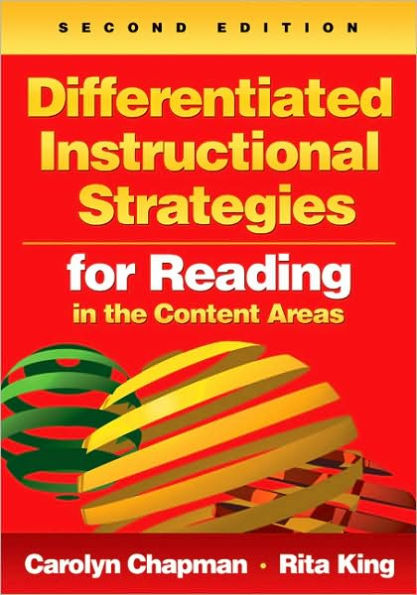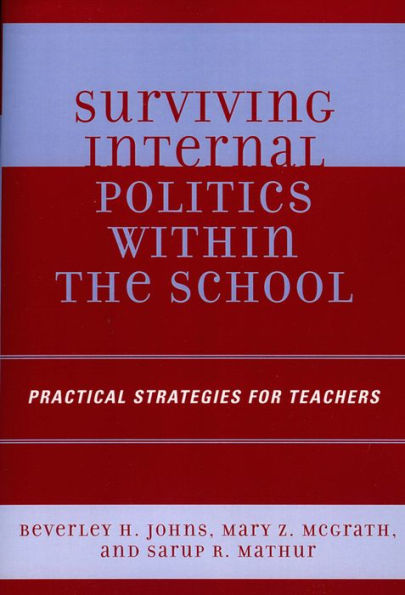Home
Reading Science: Practical Strategies for Integrating Instruction
Barnes and Noble
Reading Science: Practical Strategies for Integrating Instruction
Current price: $30.90
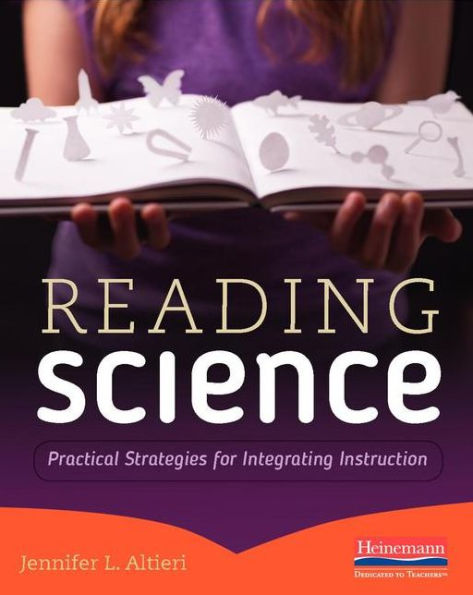

Barnes and Noble
Reading Science: Practical Strategies for Integrating Instruction
Current price: $30.90
Size: OS
Loading Inventory...
*Product information may vary - to confirm product availability, pricing, shipping and return information please contact Barnes and Noble
How can we prepare our students to think, read, and write like scientists?
In
Reading Science
, Jennifer Altieri reminds us that literacy skills aren’t add-ons to the science class—they are critical parts of instruction. She addresses the need for both literacy and science skills in our classrooms to prepare our students for the future challenges they will meet.
Strategies you can use right away
Filled with practical strategies customized for science classrooms based on Jennifer’s decades of experience connecting content areas with literacy, this book supports:
teaching students to be
critical consumers
of scientific information they read, regardless of the source or type of text
developing students’ interest in
scientific vocabulary
and rich understanding of how words relate to each other
encouraging collaboration as students
seek answers to scientific questions
and communicate their findings.
Science requires specialized literacy demands
Our students should be prepared for not only the science class as we know it today but for future science classes and the world beyond. To create classrooms that support this kind of learning, we must use literacy as a tool to help students access science content, communicate their ideas precisely, and apply their discoveries in new contexts.
In
Reading Science
, Jennifer Altieri reminds us that literacy skills aren’t add-ons to the science class—they are critical parts of instruction. She addresses the need for both literacy and science skills in our classrooms to prepare our students for the future challenges they will meet.
Strategies you can use right away
Filled with practical strategies customized for science classrooms based on Jennifer’s decades of experience connecting content areas with literacy, this book supports:
teaching students to be
critical consumers
of scientific information they read, regardless of the source or type of text
developing students’ interest in
scientific vocabulary
and rich understanding of how words relate to each other
encouraging collaboration as students
seek answers to scientific questions
and communicate their findings.
Science requires specialized literacy demands
Our students should be prepared for not only the science class as we know it today but for future science classes and the world beyond. To create classrooms that support this kind of learning, we must use literacy as a tool to help students access science content, communicate their ideas precisely, and apply their discoveries in new contexts.
